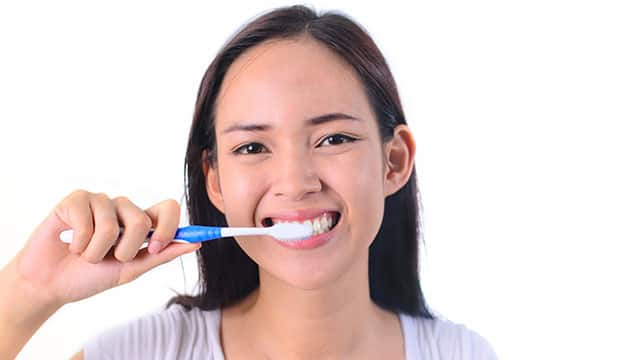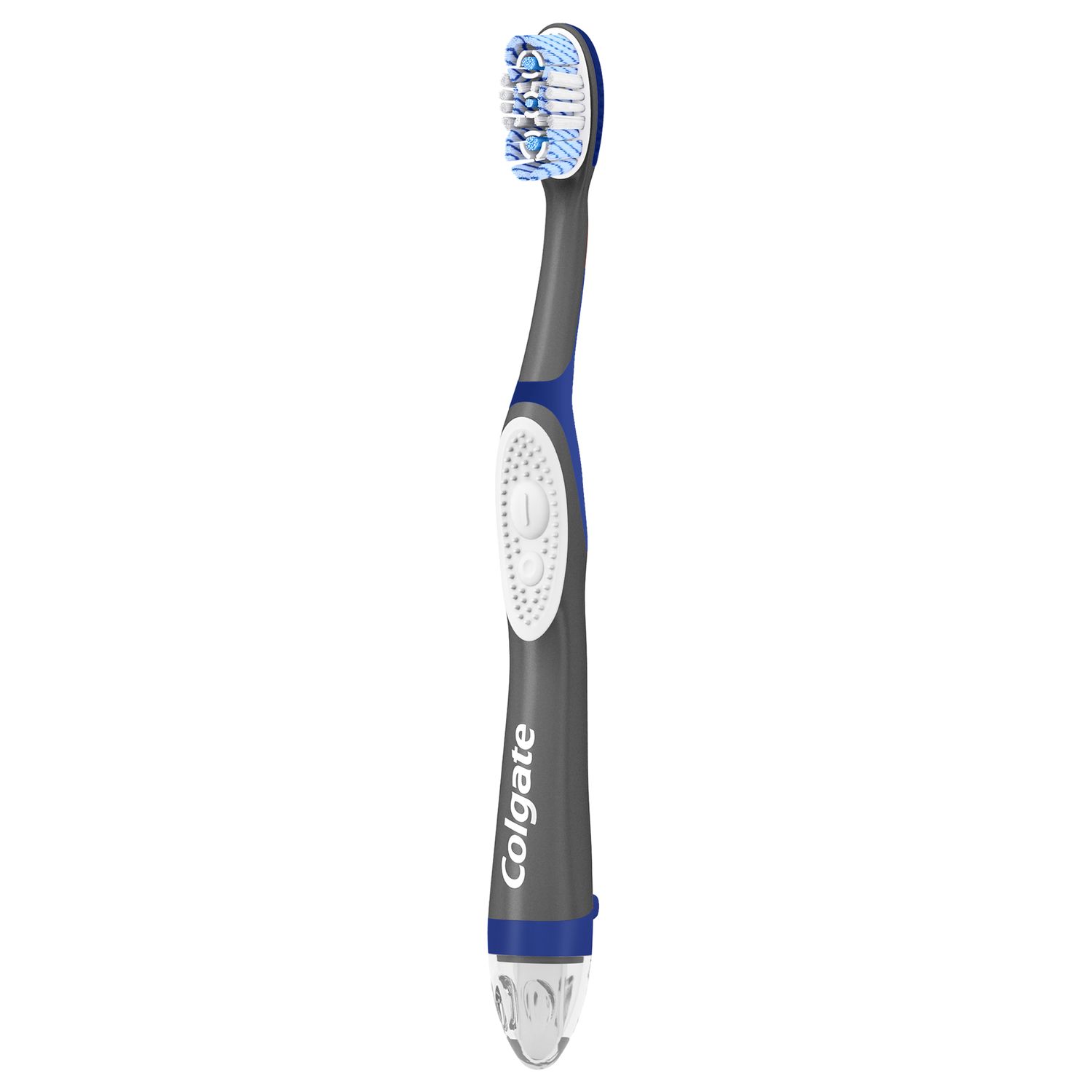What Is Furcation?
Below the gum line, the roots of your teeth are anchored in your jaw bone and held in place by connective tissue fibers. Your front teeth and your canines only have a single root, but the back teeth – your molars and premolars – have multiple roots. The furcation is the point where these multiple roots branch off from the “trunk” of the tooth and make their way separately into the jaw bone. That means only the premolars and molars have furcations.
A furcation defect means that there has been some bone loss under the furcation point. It’s sometimes referred to as furcation involvement.
What Causes Furcation Defects?
A furcation defect is caused by severe periodontitis, a very advanced form of gum disease.
Gum disease is an infection of the periodontium, the gums, connective tissues and bone that hold the teeth in place. It’s caused by a build-up of plaque and tartar (hardened plaque), which contain harmful bacteria.
In the early stages, gum disease only affects the gum tissue, at which point it’s known as gingivitis. However, when plaque and tartar spread below the gum line, the connective tissue and bone are affected. At this point, gum disease has advanced to periodontitis.
As periodontitis progresses, bone and connective tissues break down. As the bone beneath the furcation is lost, a space starts to form between the furcation and the bone. This is the point where a furcation defect, or furcation involvement, has developed.
Periodontitis Symptoms
In the early stage of gum disease (gingivitis), the main symptom is red, swollen, sore gums that may bleed when you brush your teeth. As the disease progresses to periodontitis, the gums will start to pull away from the teeth and form pockets below the gum line. At this point, you might notice symptoms like:
Receding gums that appear to be shrinking away from the teeth.
Visible root surfaces at the gum line, which make the teeth look longer. The roots may look darker than the main body of the tooth.
Pus coming from the gum line.
Bad breath or a bad taste in your mouth.
Loose, misaligned or shifting teeth.
A change in how your top and bottom teeth fit together (your bite).
Pain when chewing.
In very severe cases, space beneath the furcation may be visible. Since only teeth with multiple roots can experience a furcation defect, this will only be visible in the molar and premolar teeth at the back of the mouth.
Diagnosing Bone Loss Between Roots
Dental professionals can use probing to detect furcation defects, explains DentistryIQ. With an instrument called a periodontal probe, they can gently explore the area beneath the gums and teeth and identify bone loss. X-ray images are another useful diagnostic tool to detect bone loss in the furcation area. On an X-ray image, this defect may appear as a translucent area between the roots.
In more advanced cases, the defect may be visible without a probe. This can occur if the surrounding gum tissue is recessed (lower on the root surface) on the tooth, exposing the damaged root.
How to Treat Furcation Involvement
Furcation defects — and the periodontitis that causes them — need to be treated promptly. Without treatment, the affected teeth may need to be extracted.
A study published in the Dentistry Journal explains that scaling and root planing may be used to treat a defect. Scaling and root planing is a deep cleaning procedure that involves removing plaque and tartar from the surfaces of the teeth and roots, and then smoothing the rough areas on the surface of the roots.
To treat bone loss, dentists may perform a surgical procedure known as bone grafting. In this procedure, natural or synthetic bone is used to replace areas of lost bone. Proteins that stimulate the tissues may be used to help the area heal effectively.
In cases where the gum tissue has receded enough to expose the tooth roots, gum grafts may be a part of the treatment plan. Gum grafting involves taking gum tissue from another part of the mouth, like the roof of the mouth or a synthetic material, and attaching it to receded areas.
Teeth that are affected by furcation defects may not be able to be saved. When a tooth is lost, it can be replaced in many ways. Dental bridges may be used to replace missing teeth, and they're often anchored to the adjacent teeth. Dental implants are another option and can be surgically implanted in the jaw without affecting the surrounding teeth. For people who are missing more than a few teeth, dentures may also be another option.
How to Prevent Furcation Defects
Furcation defects are a complication of advanced gum disease. A good oral hygiene routine can help keep the gums healthy and inflammation at bay. To prevent gum disease, brush twice a day with a fluoride toothpaste, and be sure to use proper brushing techniques. It's also important to floss once a day, since floss lets you clean areas that your toothbrush can't reach, like under your gum line and between the teeth.
Dental check-ups every six months are also important. At your regular cleanings, your dentist may be able to identify gum disease and treat it at an early stage before it advances and damages the teeth and bone structure.
Furcation defects are a serious complication of advanced gum disease. If you're concerned about the health of your gums or teeth, talk to your dentist.
This article is intended to promote understanding of and knowledge about general oral health topics. It is not intended to be a substitute for professional advice, diagnosis or treatment. Always seek the advice of your dentist or other qualified healthcare provider with any questions you may have regarding a medical condition or treatment.
ORAL HEALTH QUIZ
What's behind your smile?
Take our Oral Health assessment to get the most from your oral care routine
ORAL HEALTH QUIZ
What's behind your smile?
Take our Oral Health assessment to get the most from your oral care routine















